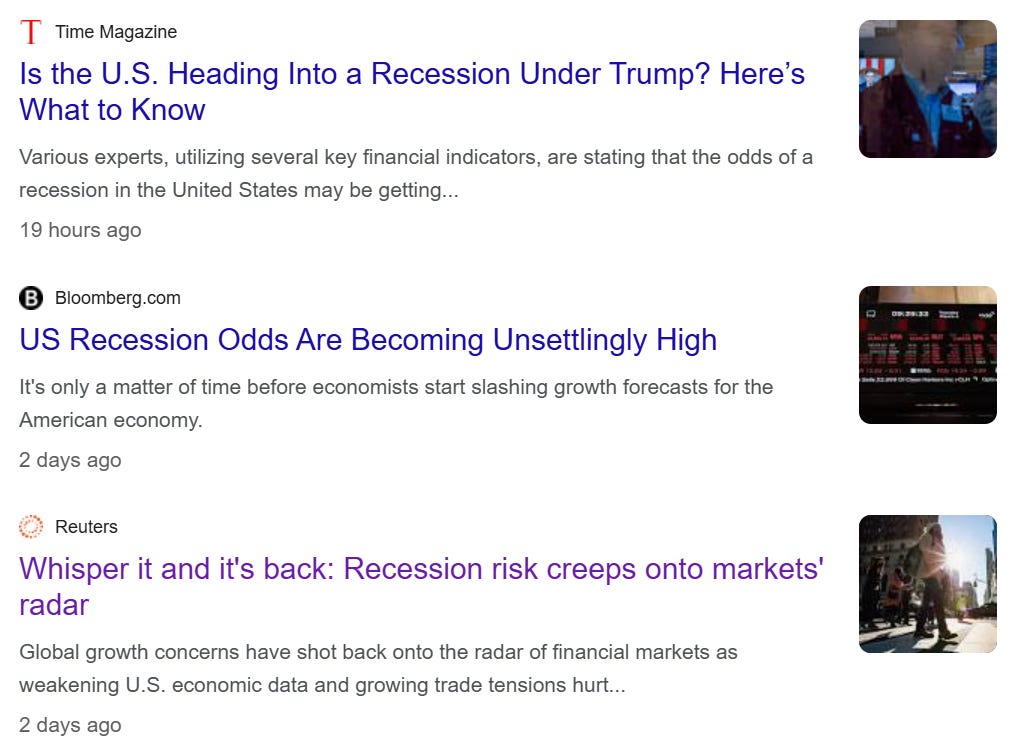Shaky Markets
If you are interested in investing and consume information about what investors are doing - don’t forget about this important thing:
Every investor’s situation is different.
One investor may be 60 years old, so they may be optimizing for cashflow instead of growth.
Another investor may be selling because they want to optimize their taxes so are strategically selling at different points in the calendar.
Another investor may be needing cash for a purchase in real life so are liquidating their assets.
Another investor may be allocating other people’s money so may have more regulations and constraints as to where they can allocate.
Investors actions will likely be guided by some of these points above, plus the underlying asset in question.
US Indexes
Saying that, I sold out of my US Indexes on 13th February, in search of something more attractive.
Generally speaking - You know when things are cheap, you don’t really know when things are expensive. However due to my personal setup, I felt it was time to re-allocate this capital.
P/E Ratio
This first illustration was from a post from a few months back. You can see that the S&P 500 is sitting at 2 standard deviations from the average when looking at Price to Earnings ratio. This means that from a Price to Earnings point of view (how much we pay for a stock versus how much the company earns per year), 97.72% of all historical values are less than this point.
Dow Jones / Gold Ratio
Secondly if we compare the price of Gold to The Dow Jones industrial index we can see that we are at another high. Only surpassed by the dot com bubble of the 2000s.
A Potential Looming Recession
There are two emergent factors that have a chance of subduing the markets.
The first is the threat and/or implementation of Tariffs disrupting trade, volume and dollar amount.
The second is DOGE hollowing out aspects of the US government and effectively reducing the velocity of money. The only money coming into society is from Private Business, Government takes that money and spends it on their workers. So a down sizing of these workers likely means that net-new money coming into an economy doesn’t down shift, but the velocity of money and expansion of money supply reduces.
Those laid off government workers are not spending, borrowing (Creating new money supply) and so on.
The US could well be trying to re-position so that they can lower interest rates in order to reduce their debt burden. The amount of interest they have to pay is becoming crippling.
The trick is low interest rates causes an expansion of money supply and to the end-consumer this means more inflation.
Looking at the S&P 500 for the last month this is what we see.
Zooming out a bit further, one could postulate the following support lines, where the top drawdown would sit around 5,300, the second at 4,000.
The ever changing landscape of opportunity is something I love watching. Change is opportunity. Just ensure you allocate enough to gain reward from the shifting sands.








And if the market downshifts, where do you invest to profit from this change? Or, is it only a matter of getting out of the car before it crashes into the wall?